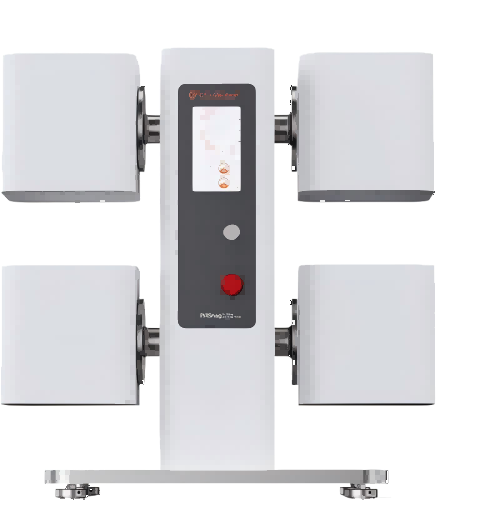Pilling Resistance
Fabric pilling resistance are two key indicators of textile durability during use and wear. Pilling refers to the formation of small balls of entangled fibers on the fabric surface, while abrasion leads to loss of fibers or mass. Testing these properties is crucial for fabric development, quality control and ensuring functionality.
International standard test methods provide consistent, reliable, and reproducible evaluation across different materials and enable standardized performance claims. The main ISO standard that specifies methods for measuring the pilling resistance of textile fabrics is ISO 12945. The standard, first published in 2000, defines multiple techniques that can select the appropriate test based on factors such as fabric construction, type of fibers, and intended end-use of the textiles.
The ISO 12945 standard specifies four primary methods:
-
Pilling box method
Researchers mount specimens flat or wrap them around rings inside a test box and then rub them against a defined abradant fabric for specific durations and stroke frequencies. We visually evaluate the formation of pills on the test specimens using standard area diagrams and 5-point grading severity scales at periodic intervals. You can vary parameters such as abradant fabric, stroke length, rubbing load, and mounting type.
-
Random tumble method
Enclose fabric specimens with loose abradant media of defined specification in a rotating drum. Intermittent tumbling action causes abrasion of test samples. Assessment involves comparing fabric appearance to sets of visual standards representing 5 degradation levels. One may also evaluate mass loss.
-
Continuous tumble method
Similar to previous technique but uses continuous tumbling action rather than intermittent agitation. Assessment methodology also follows the random tumble method specifications.
-
Modified ICI box method
Developed from the established ICI (Imperial Chemical Industries) Pill Box method. Involves fabric rubbing against sandpaper discs mounted on a pivot arm. Modifications aim to improve reproducibility and simulation of real-life friction. Pilling assessed from fabric appearance or mass loss data.
The methods range in severity levels with the pilling box being relatively mild while random tumbles produce more extreme pilling under harsh test conditions. Based on variation options, laboratories can fine tune procedures to match wear patterns in specific end-uses. The standard also defines sample sizes, environmental parameters, pre-treatments, and result reporting formats to ensure uniformity and repeatability across different test sites. We check compliance through round-robin inter-laboratory trials.
Sign up for advice
- Hotline0902 596 388
- emailsale1@amitec.com.vn





